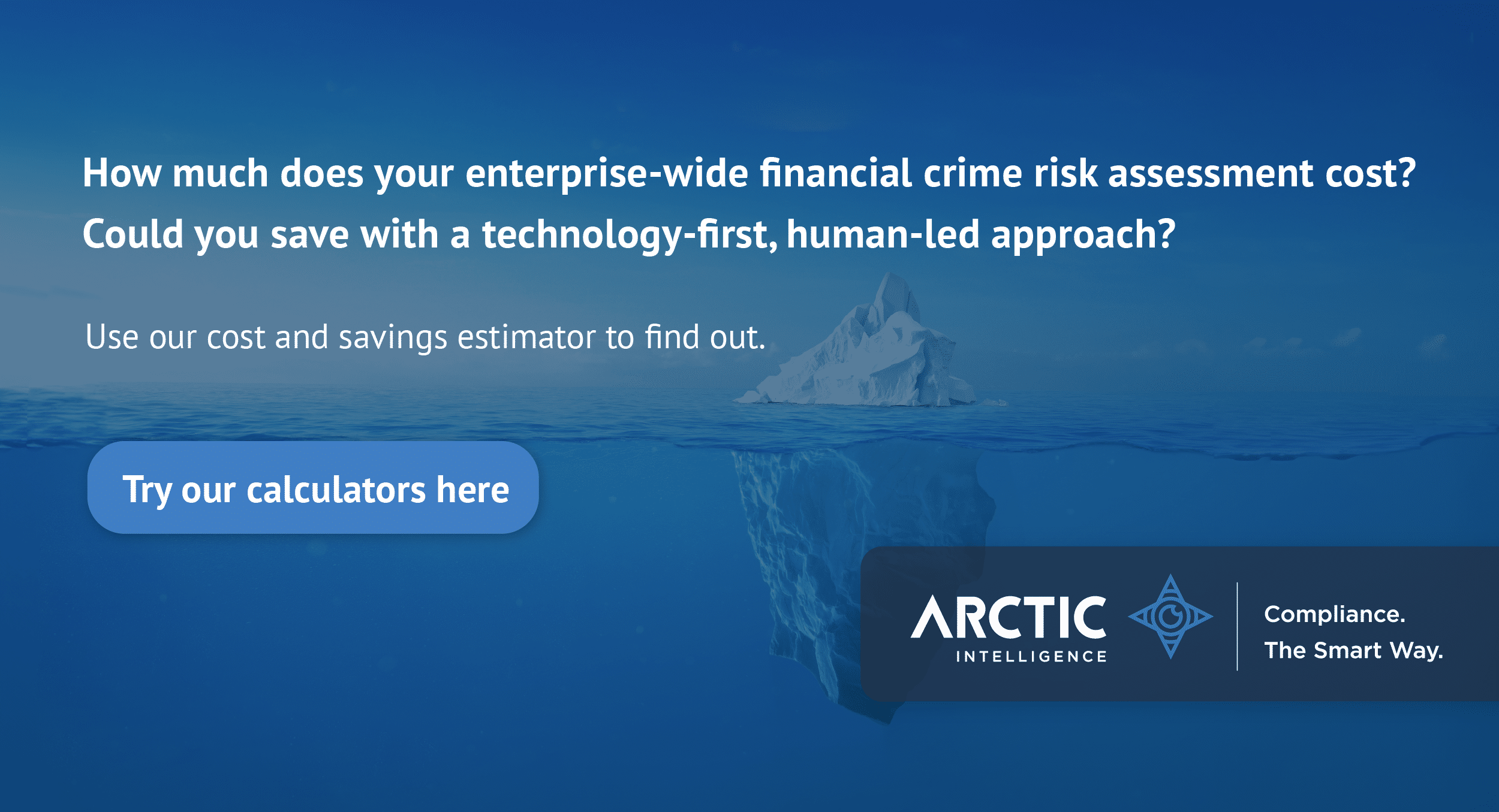In this month’s newsletter, we take a look at two new features in the latest release of AML Accelerate, recap some key features from the recent Risk Assessment Platform v1.8 release, and share the latest answers to questions from our community of users.

AML Accelerate v0.53 is now available! With new features and improvements designed to make it easier to stay on top of your compliance, you’ll wonder how you ever got by without them. Keep reading for a preview of two new features, or log into AML Accelerate to see all the enhancements this release has to offer. For more information, see our Release Notes.
Compliance Calendar
Manage your compliance tasks in the Compliance Calendar. View your tasks in Year or Month view. Create tasks, set priority and reminders, and assign them to users.

Controls Testing Documentation
Attach your control testing documentation to the controls in your Controls Library. Upload, download and view the documentation from the Risk Assessment and the Controls Management page, and with an upload timestamp to help you better manage controls testing.


In case you missed it, our biggest update to the Risk Assessment platform was released in January. Here are the key highlights:
- Fully customisable methodology – Define your ratings and matrix for inherent risk, residual risk, controls effectiveness, country risk, control metrics; and the rounding tolerance.
- Centralised controls assessment – Assess the controls once per assessment unit.
- Role permissions expanded – Added more permissions to provide more granular control over what users can do and see, such as override permissions and hide/show specific fields in Assessments and Assessment Units.
- More CSV exports, better reporting, data tables that can be searched and filtered.
To see the full list of new features, visit the Release Notes in our Help Center.
Q & A with our User Community
AML Accelerate
Q: What is the red flag beside some products/services in the Manage Products popup window of the Product Risk Assessment?
A: The red flag identifies the product as being a higher risk product or service.
For more information on higher-risk products and services, see:
- FAQ: What factors determine whether a product or service is higher risk?
- FAQ: Where can I see a list of high risk products?
Q: Can published Program Manuals be deleted?
A: Published programs cannot be deleted. This is intentional to preserve the audit of your program history. If you find yourself creating new programs to correct minor issues, such as spelling mistakes, we recommend versioning your programs:
- When creating a program to correct minor issues (for example, spelling mistake), it is recommended to increment the “dot” version in the program’s title; e.g. from v1.0 to v1.1.
- When creating a program for the next year or a major change, it is recommended to increment the main version number; e.g. from v1.0 to v2.0.
Q: Is it possible to export or import our controls from/to a spreadsheet? If so, how?
A: Company controls can be exported to, or imported from, a CSV file. Follow these steps:
- Go to Settings > Controls Management.
- On the Controls Management page select the Company Controls tab.
- To the right side of the page, above the table of controls, you will see two icons.
- Click the download icon to download your company controls in CSV format.
- Click the upload icon to import your controls from a CSV file.
Risk Assessment Platform
Q: When trying to add an answer set to a risk indicator in a risk model, no answer sets appear in the dropdown, and there is a message “No automatic answer sets exist for the current default methodology”. What does this mean and how do I fix it?
A: Check the Answer Set Management page and ensure there are answer sets for the same methodology as the risk model, and that they are published.
Q: Where is my data stored? How does data sovereignty work?
A: Released on 9 September 2020, Risk Assessment Platform version 1.7.6 added the ability for company data to be stored in a global region of choice.
Also known as Data Sovereignty, this new function enhances the privacy of personally identifiable information (PII), and data protection and security.
For more details on data sovereignty in the Risk Assessment platform, visit our Help Centre.
Patricia Sellars-Jones, Customer Manager
Follow us on LinkedIn and Twitter for a daily dose of financial crime news across the globe.



